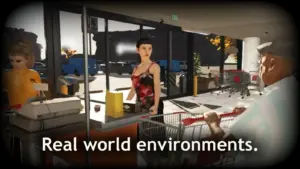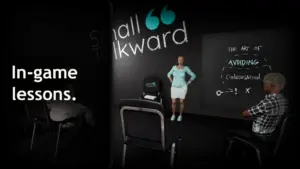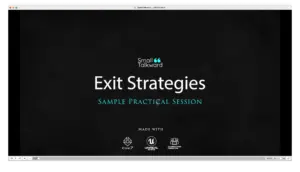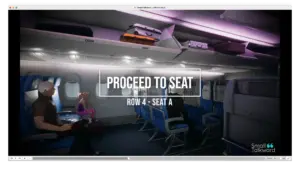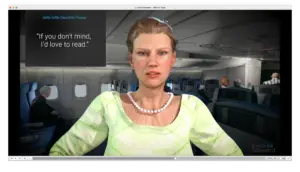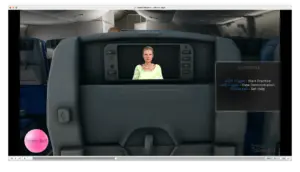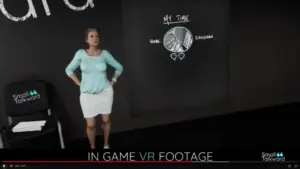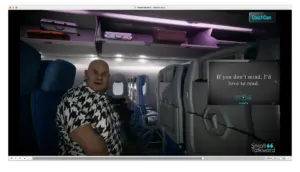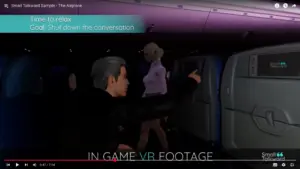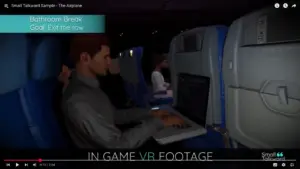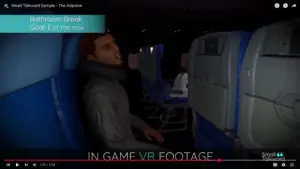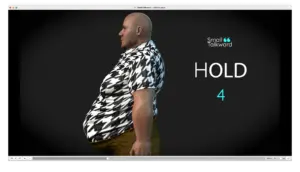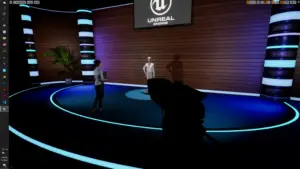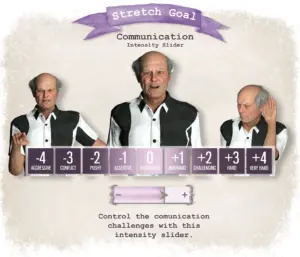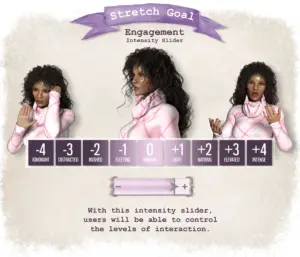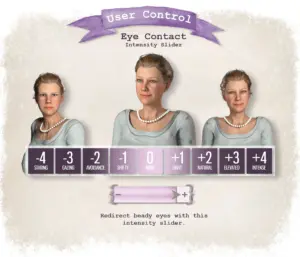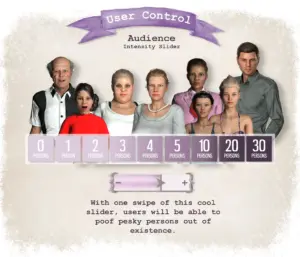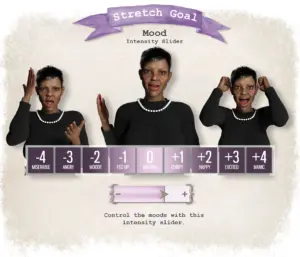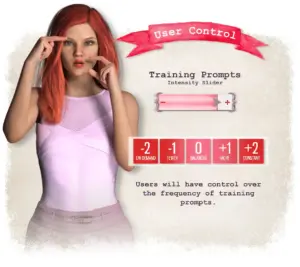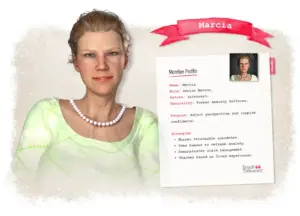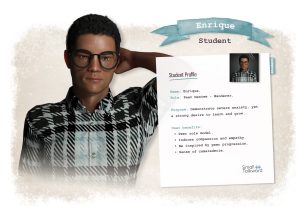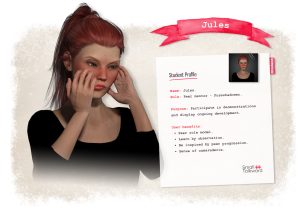A VIRTUAL REALITY
SOCIAL SITUATION SIMULATOR
Prototyped in 2022

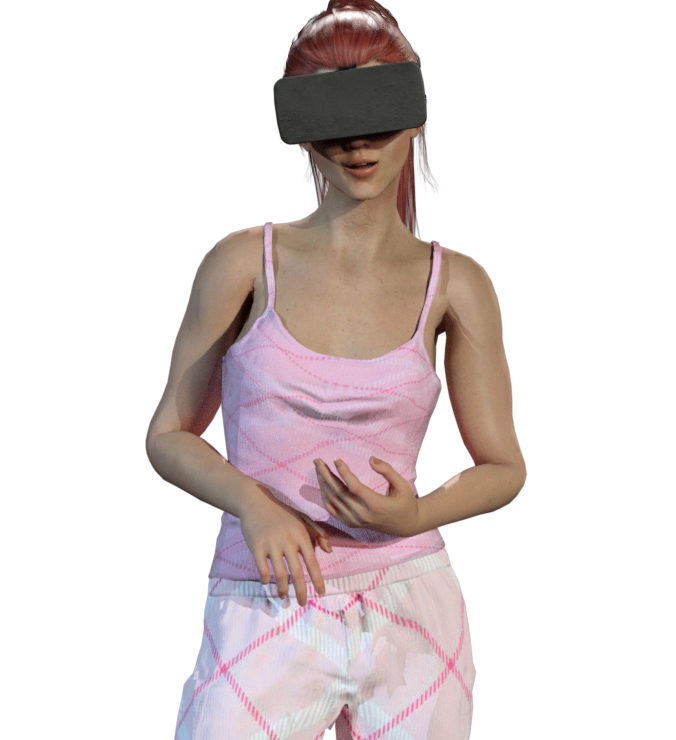


An immersive training programme designed using scenario-based training to help socially anxious individuals practise real-world interactions — in a safe, virtual space.
Project Overview
Experiential learning has been a consistent foundation across projects, ensuring that training solutions are grounded in lived experience rather than abstract theory.
For 30 years, I lived with the crippling effects of Social Anxiety — trembling through small talk, panicking in interviews, and fearing everyday interactions. I’m not alone: the ADAA reports that Social Anxiety Disorder affects around 15 million American adults, making it the second most common anxiety disorder.
Left untreated, it can devastate one’s quality of life — limiting careers, isolating relationships, and increasing the risk of depression, addiction, and suicidal thoughts.
Cognitive Behavioural Therapy (CBT) remains the gold standard for treatment, helping individuals confront fears through gradual, real-world exposure. However, real-life scenarios are unpredictable, and the fear of public embarrassment or panic often discourages people from fully engaging in therapy.
Virtual Reality Exposure Therapy (VRET) offers a promising alternative, but it’s still emerging and not widely available.
Small Talkward bridges this gap — providing a safe, controlled, and compassionate environment where individuals can practice social interactions, build confidence, and take real steps toward overcoming social anxiety.
Role and Contributions

Role & Contributions
- Curriculum design, lesson planning, and interactive script writing
- Character and set design, including motion-captured animations
- Voice acting and dialogue development
- User interface (UI) design, branding, and logo creation
- Competency challenges and progressive performance evaluations (including both flooding and exposure exercises.)
Tools & Technology
- Unreal Engine (UE), iClone, Reallusion Character Creator
- Virtual Reality (VR) development and Motion Capture (Mocap)
- Adobe Photoshop and related design tools



Learning Modalities
- Gamification to drive engagement and retention
- Cognitive Behavioural Therapy (CBT) techniques
- Neuro-Linguistic Programming (NLP) strategies
- Immersion and graded exposure (“flooding”) exercises in safe, repeatable scenarios
Mocap and Voice Acting

Performed both motion capture and voice acting to bring virtual characters to life with authentic body language, facial expression, and vocal delivery.
Real-World Training Scenarios
Realistic and Supportive Practice

Included a wide spectrum of social scenarios — from casual encounters to high-stakes conversations — allowing users to practice in environments that mirrored real-world complexity.
Simulated Environments include:
- Supermarket
- Airplane
- Office
- Pub
- Studio
- Newsroom
User Interface Design
Gamified Exposure Controls

Developed an interactive user interface that applied gamification principles to manage exposure intensity within social interaction scenarios.
Variables such as eye contact frequency, group size, conversational intensity, and participant mood could be dynamically modified, creating a graded exposure pathway aligned with CBT principles. To further support anxiety management during practice, the simulator integrated in-experience tools including a “zen zone” for meditation, guided breathing exercises for state regulation, and a real-time teleprompter offering conversational prompts. These features ensured that training was both immersive and supportive, combining realistic social challenges with immediate coping strategies to foster confidence and skill transfer.
Character Design
Relatable and Believable Behaviours

Created diverse virtual characters with distinct personalities, names, and backgrounds to enhance realism and learner immersion. Each character was developed with a detailed backstory and behavioural profile, ensuring interactions felt authentic and socially nuanced. Narrative depth strengthened emotional engagement, encouraged empathetic responses, and increased the transferability of learned social skills beyond the simulation.
Sample Lessons
Voiceovers and production by Geoffrey Poirier and Carrie-Ellise Poirier.

Script Writing and Curriculum Design

Approaches combined scenario-based learning, gradual exposure techniques, and adaptive feedback loops to build confidence and transferable social skills. Flooding and exposure exercises, informed by Cognitive Behavioural Therapy (CBT), were embedded within branching scenarios to provide safe yet challenging practice opportunities. Experiences were intentionally designed to be engaging and enjoyable, incorporating elements of play and state management to reduce anxiety and encourage sustained participation.
Sample Module
Module – Exit Strategies
Introduction to Module
When I suffered from social anxiety, it wasn’t getting into conversations that I wanted to learn. Gosh no, it was how to get out of them.
Don’t get me wrong, I needed a masterclass on dealing with interactions, but it certainly wasn’t my main objective.
With a soft voice, a people pleasing persona, and a symptomatic nervous smile, I had no trouble accidentally inviting unwanted conversations. My trouble was shutting the thing down.
People would interpret my smile to mean I was having fun, and this resulted in my spending too long in each interaction. Worse still, when a chit chat would approach its natural conclusion, awkwardness would set in and I inadvertently kept the conversation going.
One time, I got stuck in small talk with a checkout clerk for over 45 minutes. I don’t even remember the conversation because I was knitting in my head the whole time.
Before long, I learnt that it was better to avoid conversations than to get stuck in one, and I became an avoider. That is until I learnt some nifty emergency exit strategies.
As you can see, age has been kind to me and has gifted me with a great resting [beep] face ‘cue rbf’. No doubt this has made it easier to deflect conversations, but it’s not always appropriate to scare people with demon eyes, so it helps to have some non-threatening strategies stuffed in your bra. That’s what this training module is all about: how to exit any conversation with ease and grace.
If you’re anything like I was, and need some guidance on shutting down those pesky conversations, you are in the right place. When you’re ready to begin the lessons, click with your right trigger finger to get started.
Lesson 1: Avoiding conversation
In this lesson I’m going to teach you the art of avoiding conversation. I know, I know, I said I was going to teach you exit strategies, not how to be a social avoider, but bear with me for a moment.
When I talk about avoiding conversation, I’m not talking about hiding behind a lamp post until the chatty clerk leaves for lunch.
Which I have never done in my life … ever… I mean, there was this one time, but… It doesn’t matter. The point is, there are times when one simply wants to be left alone. To be able to buy a couple of spuds without a rehash of your plans this evening. And let’s be real, nobody wants to hear about the willy-warming-wifronts I’m knitting for my ageing father.
…
Written by Carrie-Ellise Poirier © Copyright 2024

